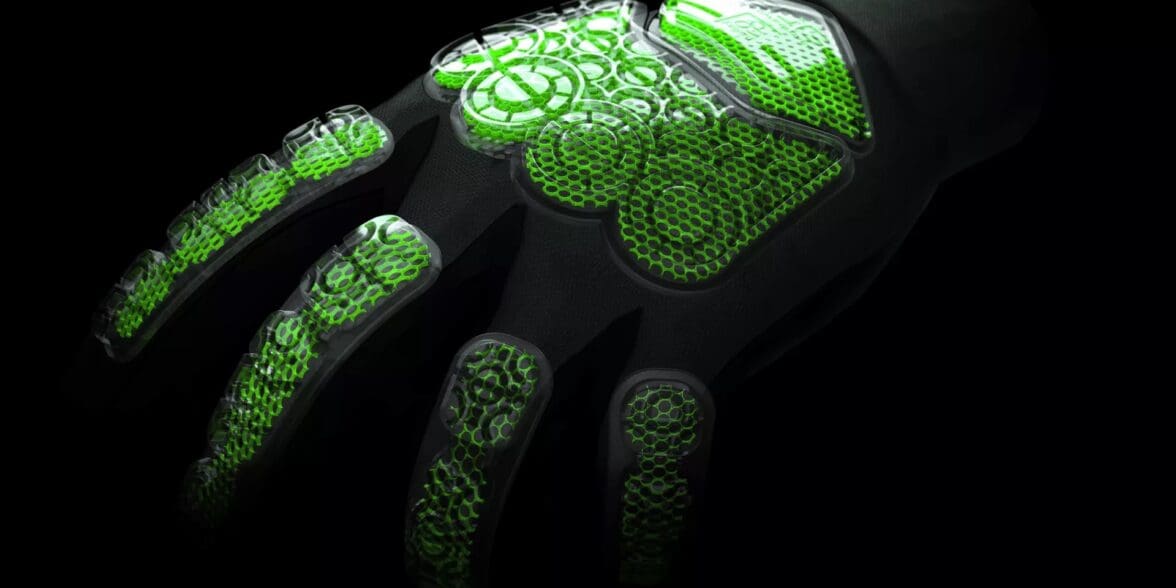Despite how the past couple of years have gone in the world, 2022 is shaping up to be a very exciting year for both the motorcycles we ride and the protective riding gear we wear. New models from Ducati, Husqvarna, Harley-Davidson, and the Big Four from Japan are arriving at dealerships, ready for riders new and old to fall in love with them. What hasn’t been as loudly or as widely shouted from the rooftops, however, is that the protective gear stagnation that’s been happening for about five years now is ending.
New technologies, new materials, new ideas, new everything is happening in the gear space. Helmets are now lighter and stronger, with better protection. New summer and three/four-season jackets and pants are coming out with twice the abrasion resistance of older mesh and textile gear. There are even some new ideas that have been researched and tested, and which are making their way into gear that you can quite literally go down to your local shop and buy.
Yet, the question remains: Why did it take so long for the gear market to reinvigorate itself?
Why the Next Generation of Gear Is Happening Right Now
The easiest part of that question to answer is the timeframe from 2020 to 2022: the world was in the grips of the global pandemic, and for most of 2020, things were shut down. Designers could collaborate online and pass ideas back and forth, but part of making new types of gear involves manufacturing it so it can be tested.
The other half of the answer is that when 2018 arrived, gear tech was pretty much at the best it had been for ages. Non-Newtonian foam had been perfected, back protectors of both the rigid and semi-rigid deformable kind were at the best place they had been for a while, and new textiles were being used to make jackets that had abrasion resistance close to cowhide.
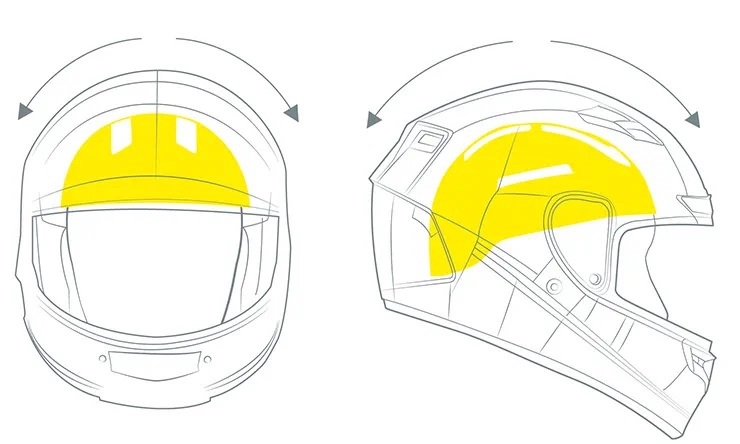
In the simplest terms, what the market needed was time for people with exceptional ideas to start inventing new and better things than we already had. Since 2018, MIPS (Multi-directional Impact Protection System) has started to appear in more and more helmets, especially in the mid-range price bracket between $300 and $600.
Koroyd, which uses a completely different approach to mitigating impact energy, has teamed up with KLIM and Thor to put their welded cylinder deformable system into helmets that might see the most severe impacts (in the ADV and motocross spaces).
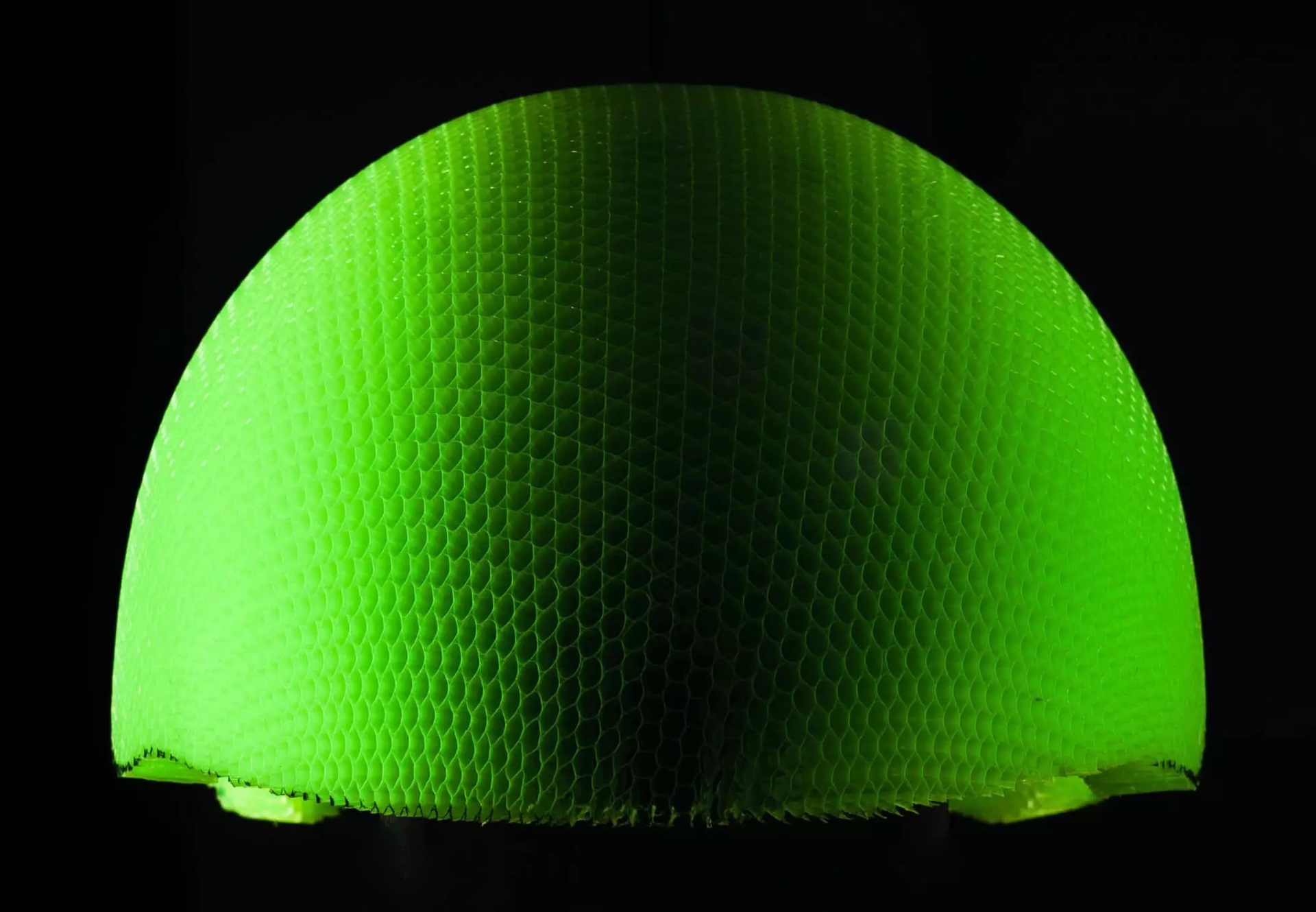
Dyneema is another example of something that didn’t exist 5 years ago. It looks like denim, it feels like denim, but it is five times as strong, and when backed by aramid/Kevlar, it helps make some of the safest riding jeans you can get on the market at the moment. A fully synthetic fiber, it has even started to be tested for incorporation into the non-Newtonian foam that is quickly becoming the norm for new armor to give it more rigidity during an impact.
Then there is the new material currently being researched known as Structured Fabric. CalTech and NTU Singapore research teams have worked together to create a 3D-printed fabric that is essentially octahedra interconnected with each other. By changing the way that the octahedra are aligned and woven together, they act in a non-Newtonian fashion when impacted, but when there is no stress on them, they’re as pliable as a cotton shirt.
It is an exciting time to be a motorcyclist—there are new bikes, new gear technologies, and possibly an entirely new fabric that will act as the armor itself on impact. Some new ideas that have definitely upped the ante for the gear game have even emerged this past year.
New Ideas: Airbag Pants, Exo-Skeletal Boot Supports, & So Much More
Airbag vests have existed in the market for over 10 years now, so they are nothing new, although the technology behind them is getting better and better each season. What is new, however, is that a Swedish motorcycle gear company called Mo’cycle is offering the first airbag pants you can buy on the market.
This is quite a development, as a motorcyclist’s legs are most likely to sustain an injury in a non-fatal crash, and the best you could hope for before now was wearing armored shorts or base layers to beef up the protection around your thighs.
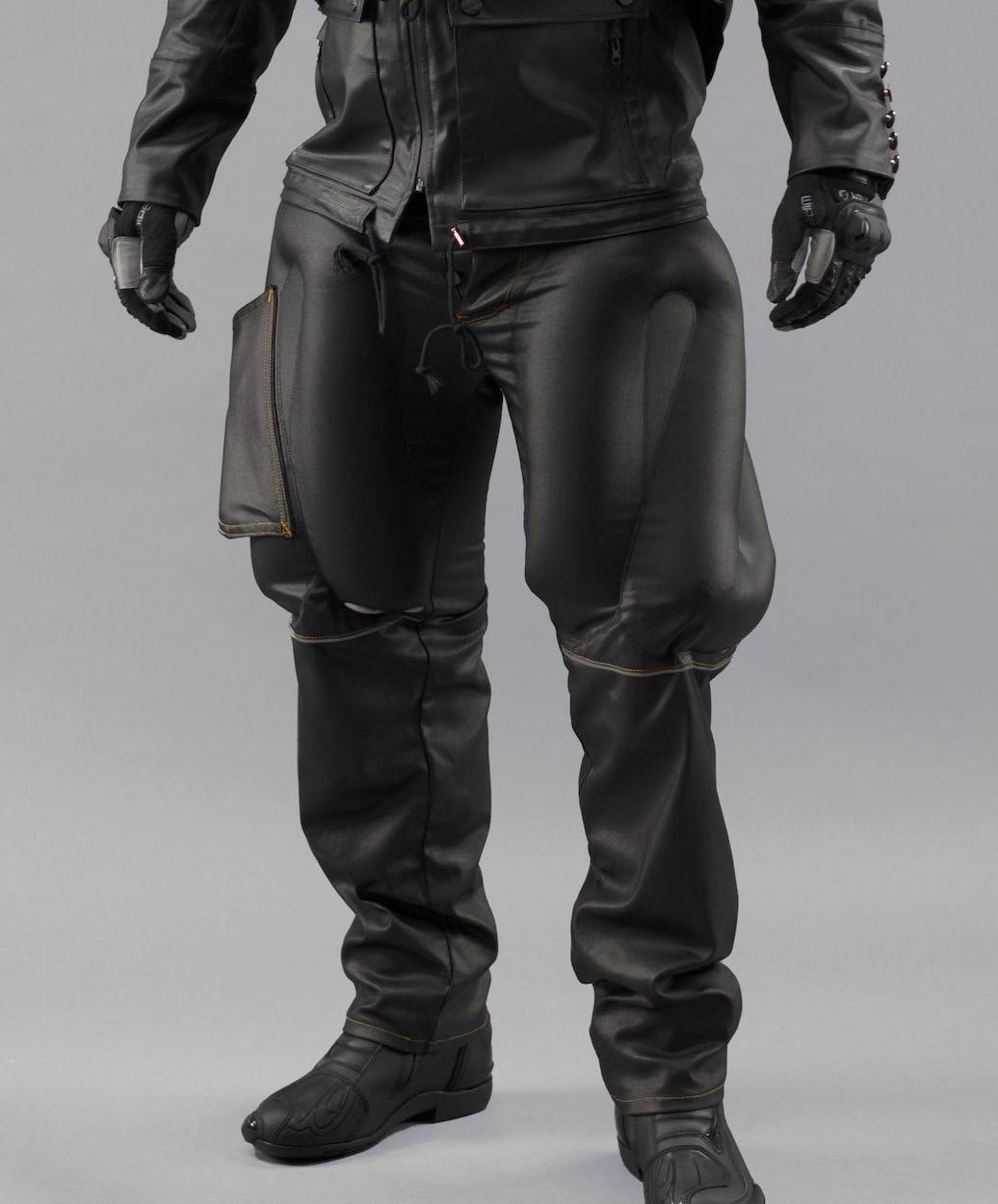
With the release of these pants, it is almost guaranteed that major gear companies such as KLIM, Dainese, Alpinestars, Helite, and the like will want to update their own protective gear lineups to have their own versions out soon. As the saying goes, competition always benefits the customer, and riding with more protection is always a good thing!
Another fairly recent release, which started in force in 2021, is the idea of exo-skeletal supports on all types of boots. By placing a hardened frame around the boot, with a hinge that allows for the ankle to move enough to perform braking and gear shifts, these boots are intended to prevent tibia/fibula breaks and/or rotational injuries.
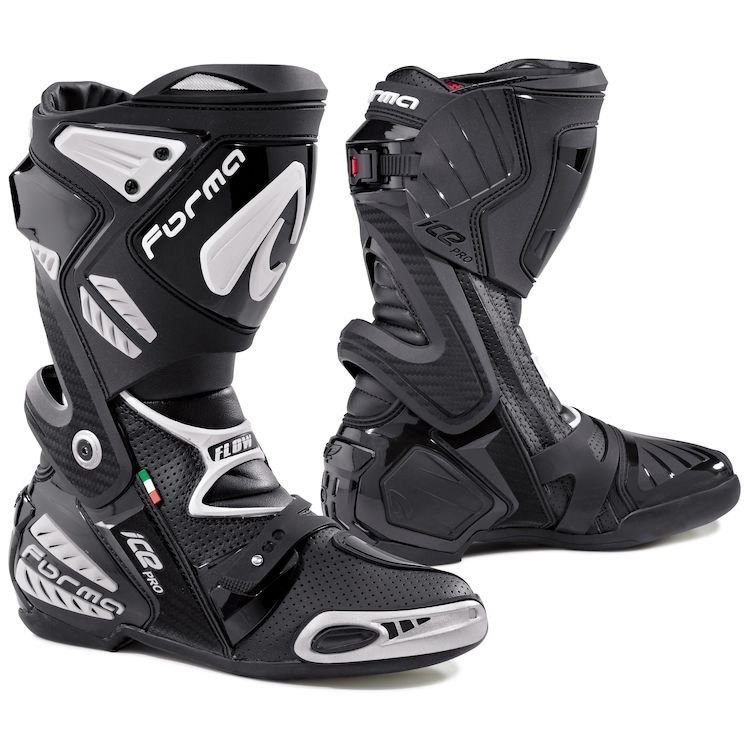
Once available only on the highest echelon of sport and race boots, in a great example of the trickle-down effect from powersports to consumers, you can now get boots of almost any type with an exo-skeletal support frame. They are quickly becoming popular in the ADV boot and motocross boot markets, while there are some more subtle ones for the neo-retro and cruiser markets as well.
If we went over every single type of protective gear that has emerged in the past decade, this article would take 20 pages just to cover the different materials. So many emerging technologies and research projects have resulted in some of the strongest, safest, most abrasion-resistant and well-armored gear possible. But companies are not done innovating.
What We’re Likely to See in the Next Few Years
The biggest push at the moment in safety gear is bringing it into the always-online world that we live in. This can be readily seen in many of the airbag vests from companies such as Helite, KLIM, Dainese, and Alpinestars—all using miniature computers, often smaller than a credit card in size, to constantly process readings from accelerometers and sensors (in the case of the KLIM airbag vest, you can even install new firmware updates over the air).
This always-on mindset is also driving some ideas in the realm of augmented reality (AR), where the visor on your helmet would become a heads-up display for navigation, the battery charge of your bike and/or airbag gear, communications, and the like. While there have been a few attempts at this over the past few years, they’ve either resulted in comically-oversized helmets or things you would need to attach to the outside of your helmet that would contravene most state laws regarding modification of a DOT helmet.
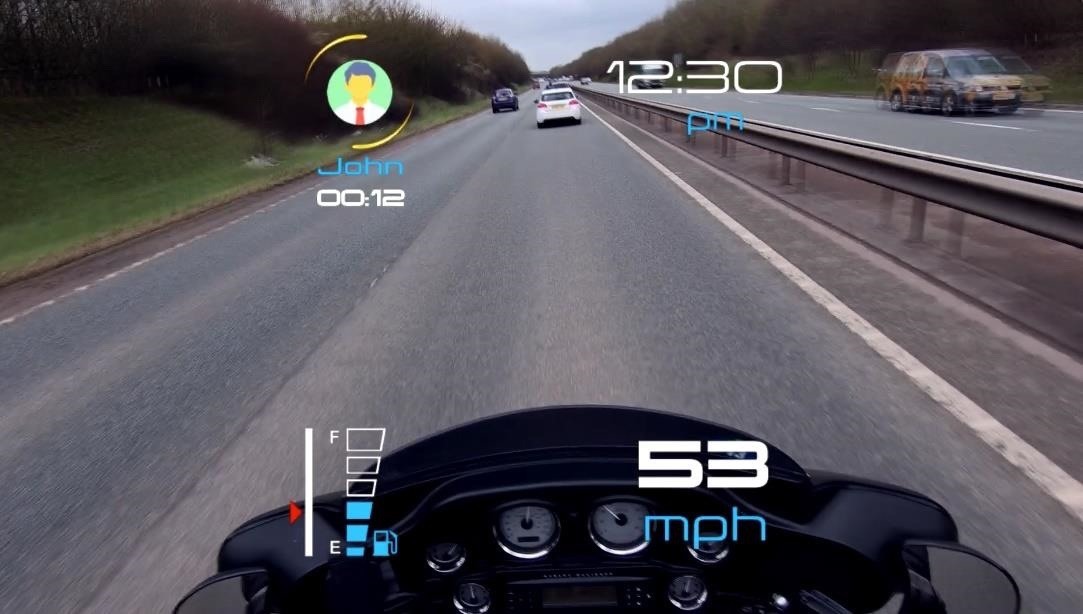
However, the single biggest thing currently in the pipeline for most gear companies is new materials. Structured Fabric, which we touched on before, is one area where the textile of the protective gear itself becomes the armor, while other materials like Dyneema and Cordura have led to research into even more resilient synthetic fibers. It would not be surprising come 2025 or so to find materials as resilient as leather being released without actually needing to be made of leather.
Since we’re already in the first part of the next generation of protective equipment, we can expect a lot of gear, materials, and armor to arrive on the market relatively soon. But only time will tell what’s to come.


